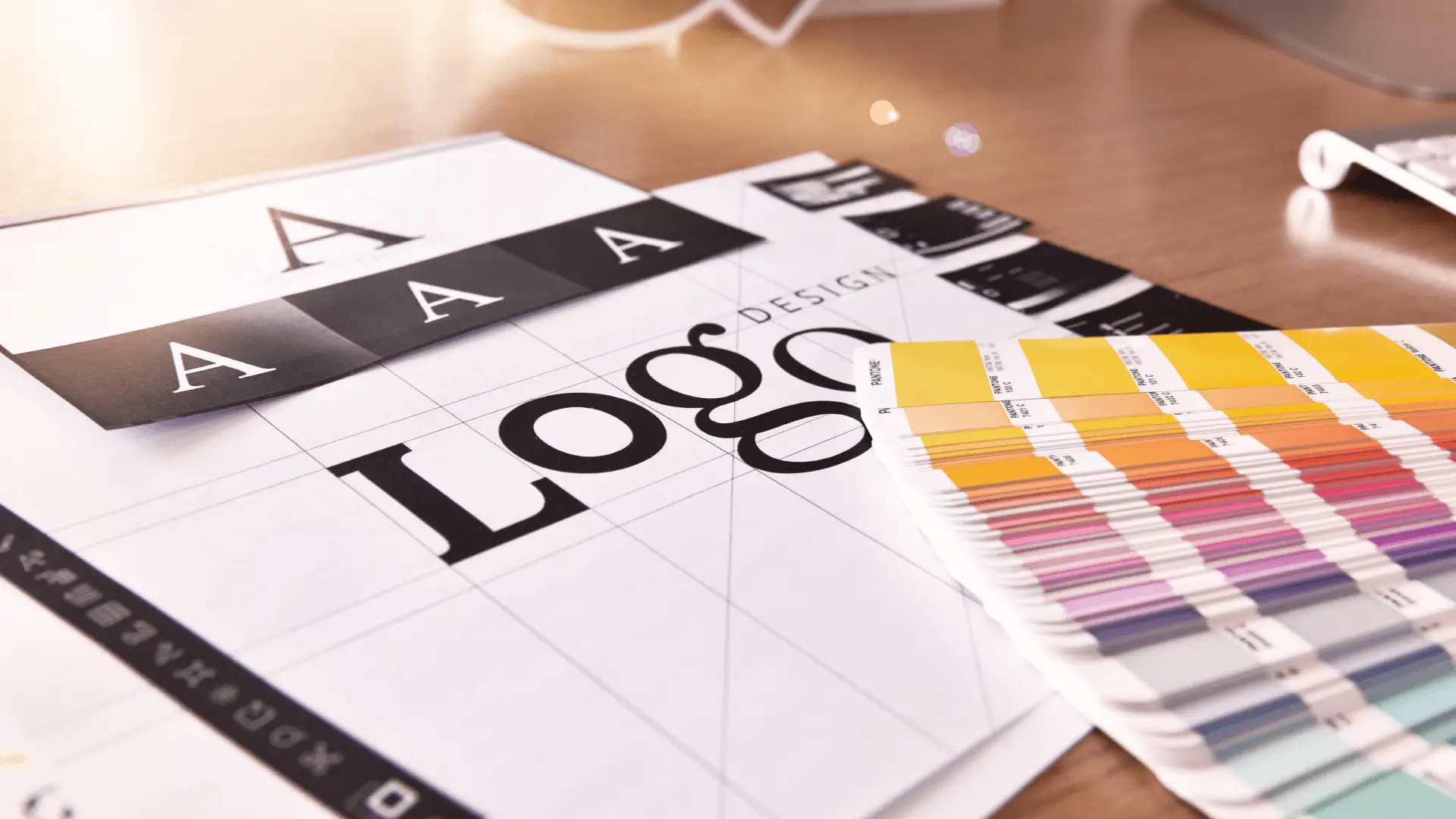The logos of legendary brands are deeply ingrained in the collective psyche. For many, they are more than just designs; they represent memories, aspirations, and a shared history. Changing such a logo is not merely a design exercise it’s a delicate balance between honoring tradition and embracing innovation.
The recent controversy surrounding Jaguar’s new logo a brand that has been a cornerstone in the automotive industry since 1922, known for its elegance, luxury, and performance has sparked divided reactions and raised questions about the company’s branding strategy.
At Kido, we took on the task of consulting experts from various disciplines to present diverse perspectives.
Psychological Perspective
From a psychologist’s viewpoint, the strategy could be interpreted as an attempt to tap into human curiosity and the need for belonging. By generating controversy, the brand places itself at the center of attention, sparking discussions and fostering a sense of community among those engaged in the conversation. These campaigns play with anticipation and emotional responses.
By presenting a disruptive message, the brand can trigger strong emotions ranging from intrigue to indignation. If managed properly, this emotional engagement can create a deeper bond with the brand.
Anthropological Perspective
From an anthropologist’s perspective, this strategy might reflect current cultural trends. In an era of rapid and constant change, brands that dare to challenge norms can be seen as avant-garde, aligning themselves with a collective desire for progress and transformation.
Digital Marketing Perspective
From our digital marketing perspective at Kido, we believe that such strategies are attempts to differentiate in a saturated market. However, this approach is a delicate game. Consumer perceptions can be unpredictable, and negative reactions can be difficult to reverse. Therefore, careful planning and a deep understanding of consumer psychology are essential.
At Kido, we initially mistook it for an advertisement for a boutique, a designer, or something entirely unrelated to an automobile company. By failing to provide even a glimpse of the product, the brand may have missed a valuable opportunity to connect with its audience.

Strategic Considerations
From our perspective, the brand might be employing a deliberate marketing strategy to generate anticipation through controversy. By not focusing on the main product, the company has captured public attention, sparking discussions and increasing excitement about upcoming launches. This tactic leverages curiosity and the desire for belonging, triggering emotional responses that can range from intrigue to indignation.
Assuming there’s a multidisciplinary team including psychologists, sociologists, anthropologists, designers, and marketing specialists behind this strategy, they are likely analyzing how these reactions could benefit the brand in a crowded market.
The Potential Risks
However, this approach carries significant risks. By raising expectations, there’s the possibility that the final product may not meet what was promised, leading to negative reactions and damaging the brand’s perception. Some brands attempt to reinvent themselves to attract new generations and stay relevant in a constantly changing world. While the idea is to reflect modern and progressive values, they may risk disconnecting from their traditional customer base.
When redefining a logo and developing its strategy, we must be exceedingly careful. If a logo requires explanation, it fails in its fundamental purpose. Overcomplicating the design even in the pursuit of simplicity can make it difficult to understand. Every element of a logo counts and communicates: typography speaks volumes, aesthetics matter, kerning affects readability, and the use of symbols or icons conveys meaning.
Consumers may experience a mix of curiosity, confusion, or even rejection if they feel the campaign doesn’t reflect their values or meet their expectations of the brand. Others might feel intrigued and discuss the brand more than usual, which can be beneficial if the final product lives up to the generated expectations.
The Delicate Art of Refreshing a Brand: 10 Key Steps to Redefine Legendary or Iconic Brands:
- Ask the Crucial Question: Is changing the logo necessary?
- Conduct Thorough Analyses: Evaluate the company and the market to understand internal strengths and external opportunities.
- Benchmarking: Study competitors and industry leaders to identify best practices and areas for differentiation.
- Engage Loyal Customers: Work with your most dedicated clients to see how they receive the change. Understand your audience by conducting in-depth analyses of how they perceive your brand and what they value most.
- Maintain Brand Cohesion: Remember that the logo is part of a broader brand identity. Align it with the company’s purpose and core products.
- Develop a Strategic Plan: Involve a multidisciplinary team graphic designers, digital marketers, data analysts, psychologists, anthropologists, industry journalists, economists, and company founders to guide the process.
- Thoughtful Design and Presentation: Create and present designs that reflect strategic objectives and brand essence.
- Test with the Public: Conduct focus groups to measure reactions before the official launch.
- Communicate the Change: Clearly explain the reasons behind the update to help followers understand and embrace the new direction.
- Consider a Gradual Transition: Perhaps start by changing the typography while retaining key symbols. Abrupt changes can be jarring. Respect the core elements that make your brand unique, ensuring a smooth transition (Maintain the essence).

In the end, some organizations succeed in getting us to talk about their brand, but the question remains: Is generating controversy the right approach? Is any publicity good publicity, regardless of whether people speak well or ill of the brand? We’re not entirely convinced. For companies that pride themselves on attention to detail, it’s hard to believe that such significant moves aren’t thoroughly considered. We look forward to seeing how these situations unfold when the products are revealed. The ultimate test will be whether the new branding strengthens the company’s position without alienating its loyal customer base.

